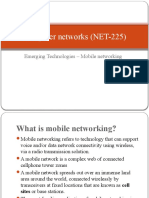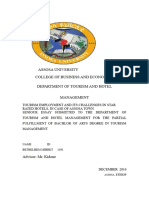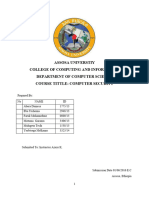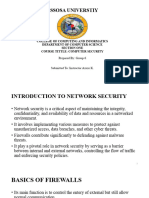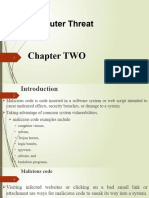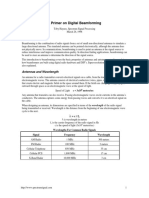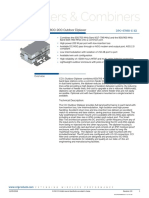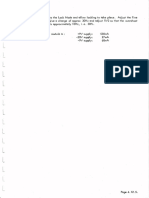0% found this document useful (0 votes)
29 views8 pagesCS WCMC Assignment II Ans
The document provides information about different generations of cellular networks:
1) It compares 1G, 2G, 3G, 4G, and 5G networks in terms of their designated years, speed and bandwidth, multiplexing techniques used, features and services offered, and drawbacks.
2) It then provides more detailed descriptions of 3G, 4G, and 5G networks, highlighting their key characteristics such as speed, latency, bandwidth, and how they improved upon previous generations.
3) It also explains the role of base stations in cellular networks, describing how they create geographic cells to allow frequency reuse and communication between mobile devices and the network.
Uploaded by
yeabmelkamuCopyright
© © All Rights Reserved
We take content rights seriously. If you suspect this is your content, claim it here.
Available Formats
Download as DOCX, PDF, TXT or read online on Scribd
0% found this document useful (0 votes)
29 views8 pagesCS WCMC Assignment II Ans
The document provides information about different generations of cellular networks:
1) It compares 1G, 2G, 3G, 4G, and 5G networks in terms of their designated years, speed and bandwidth, multiplexing techniques used, features and services offered, and drawbacks.
2) It then provides more detailed descriptions of 3G, 4G, and 5G networks, highlighting their key characteristics such as speed, latency, bandwidth, and how they improved upon previous generations.
3) It also explains the role of base stations in cellular networks, describing how they create geographic cells to allow frequency reuse and communication between mobile devices and the network.
Uploaded by
yeabmelkamuCopyright
© © All Rights Reserved
We take content rights seriously. If you suspect this is your content, claim it here.
Available Formats
Download as DOCX, PDF, TXT or read online on Scribd
/ 8






































